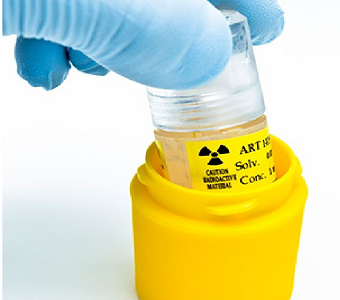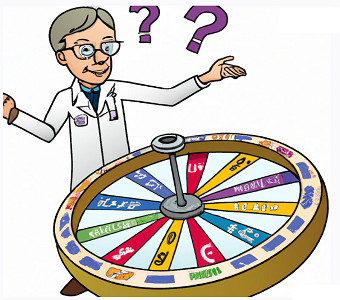Last week, preliminary data for bluebird bio (BLUE)’s Lentiglobin were released as part of the abstract dump for ASH in December (we wrote at length about this, here). Bluebird also issued their third quarter financial results this morning, Wednesday.
At ASH, Bluebird will have an oral presentation (abstract) on initial LentiGlobin results from the NORTHSTAR study and a poster (abstract) with updated data from the two patients enrolled in HGB-205 (previously presented at EHA). Both of these abstracts include data as of July 31, with longer follow-up in a larger patient population to be presented at the meeting.
HGB-205 still encouraging. Bo/BE patients from EHA remain transfusion independent.
Subjects 1201 and 1202 (previously reported transfusion-independent at EHA) both have remained transfusion independent for 180 and 90 days, respectively. In addition, neither subject has had any adverse events associated with the received gene therapy. As shown below, Subject 1201 is producing 7.2 [g/dl] ßA-T87Q at day +180 (vs. 6.6 [g/dl] at ~ day +135 at EHA) and Subject 1202 is producing 6.8 [g/dl] at day +90 (vs. 4.2 [g/dl] at ~ day 60 at EHA).

This update further validates the LentiGlobin drug product. Subjects are undergoing durable and increasing ßA-T87Q globin expression and remain transfusion independent 3 and 6 months from treatment.
Preliminary NORTHSTAR results may suggest dose-dependent hemoglobin response
As of July 31, 3 subjects enrolled in the NORTHSTAR study have received LentiGlobin (2 additional patient await treatment); follow-up hemoglobin expression was available in just one patient (1102, shown below) for the abstract.

Subject 1102 did not achieve full transfusion-independence and received a rescue transfusion of pRBC (packed red blood cells) on day +96 because of fatigue and ultimately low hemoblogin (total Hb: 8.6 [g/dl]).
Initially, BLUE sold off hard as investors, in our view, over-reacted to the single new patient not achieving rapid transfusion independence. As we discussed previously, the bar for success coming into ASH abstracts was very high, and expectations for rapid transfusion independence in all ß-thalassemia patients was unrealistic. Our hope is that investor expectations are more realistic regarding rapid transfusion independence. Regardless, ASH may be a sell-the-news event for BLUE, and we would again look to buy in the $30 range with data in Sickle Cell Disease in the first part of next year.
This is early, but there appears to be a dose-dependent response with Lentiglobin. Subject 1102 and Subject 1104 both received a lower CD34+ cell dose (mean 5.95 x 106 /kg) and lower VCN (Vector Copy Number, mean 0.9) than subjects 1201/1202 who achieved independence in study HGB-205 (mean 11.25 x 106 /kg and mean VCN of 1.8). There is a clear difference in efficacy, measured as ßA-T87Q globin expression, in ‘low dose’ vs. ‘high dose’ ß-thalassemia patients. Although this is a very early assessment, there may be a CD34+ and VCN threshold (‘high-dose’) necessary to achieve appropriate ßA-T87Q-globin and transfusion independence.
When bluebird present updated data at ASH, including results for patients 1102 and 1104 in NORTHSTAR, we caution against expecting transfusion independence in these two patients; it may take longer to reach transfusion independence with these lower cell doses. Note that subject 1106 did receive a ‘high-dose’ of drug product (12.3 x 106 /kg), however, this subject has ßo/ßo genotype b-Thal (as we have discussed previously). This could present a hurdle for Lentiglobin, and is one of the major questions investors would like answered.
Financially, Bluebird reported no major surprises in the third quarter and ended Sept. 30 with $263.8 million in cash and equivalents.
One or more of PropThink’s contributors are long BLUE.




